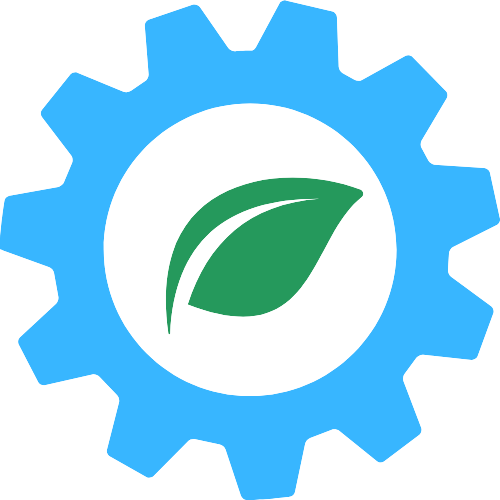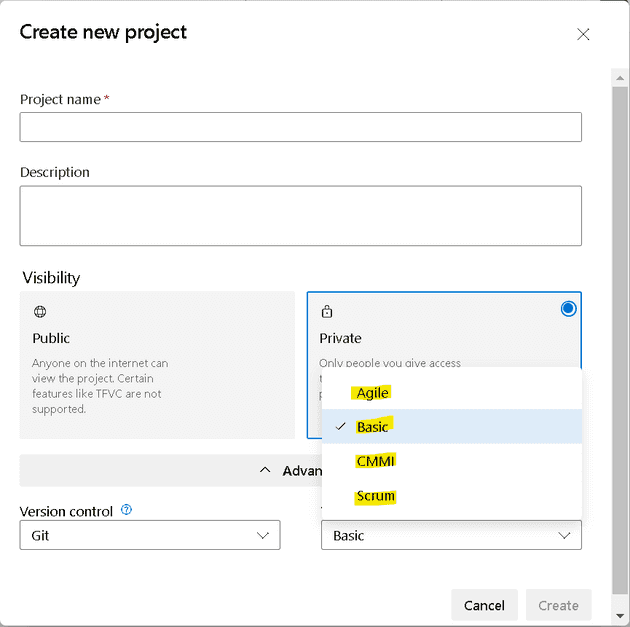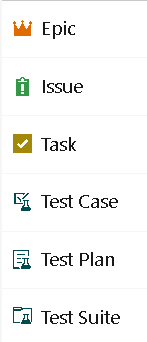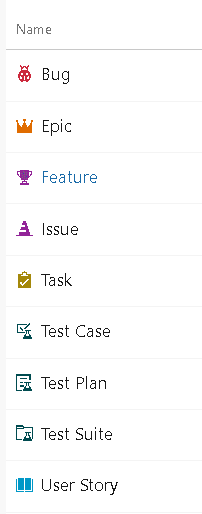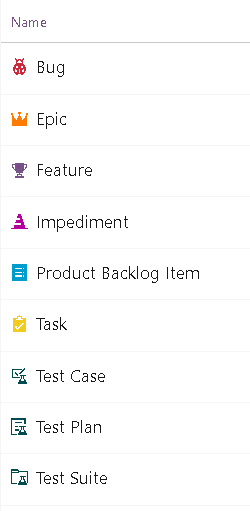When we create a project in Azure DevOps, we need to choose a process that the project will be based onto
Azure DevOps provides us with four processes out of the box - Basic,Agile,Scrum, and CMMI
In this article, I will provide an overview of these processes
The process selection will decide the available work item types and the types of reports
Basic:
As the name suggests, this is a plain vanilla process
The basic process will be selected by default if we don't make any explicit selection
Following are the work items types
The work breakdown structure is quite simple
Epic → Issue → Task
Either we can straight away start with creating Issue (which defines an Intent). Similar to an issue work item in Github, JIRA, and many other tools,an Issue in an Azure DevOps basic process can represent a suggested improvement, change, or a question
or we can use Issues to break down an Epic(a large piece of work with a common objective) into smaller chunks of work.
Task represents the lowest level in the work breakdown structure and represent actual work that needs to be done
The basic process was introduced to mitigate the bureaucracy associated with Agile, Scrum, and CMMI processes so go for it if you want to "Keep it simple"
Agile:
As we know, Agile is an approach to project management that iteratively delivers value and embraces changes
Scrum is one of the many implementations of Agile methodology
The work breakdown structure is hierarchical here
Epic → Feature → User Story → Task
We start with the highest level of work item EPIC ( which defines a really large chunk of work) and then break it down to Features
We will then break the feature into multiple User Stories (that track an activity the user will be able to perform with the product)
Finally, the User Story will be broken down into multiple Tasks (that defines and tracks the actual work)
A Bug will be created if the actual behavior is different from the requirement, the Bug will also be used to track the effort to correct the defect and validate the fix.
Following are the work item types in an agile process
Choose the Agile process if you are going to use any of the Agile planning methods
Scrum:
The choice here is very straightforward, go for the Scrum process template if you are going to follow the Scrum framework
The scrum process template is a specific form of the Agile template
Following are the work item types in a scrum template
- A "Product Backlog Item" in scrum is the equivalent of "User Story" in agile
- An "Impediment" is used in the scrum to track an obstacle similar to how an "Issue" is used in agile
CMMI:
CMMI model of Azure DevOps is based on "CMMI: Guidelines for Process Integration and Product Improvement" by Software Engineering Institute
Roughly the process equates to the traditional waterfall model
Following are the work item types in a CMMI process template
The work breakdown structure is hierarchical here as well
Epic → Feature → Requirement → Task
additionally, we have a work item type called "Change Request"
Remember that the waterfall model doesn't embrace change to the level that the agile does, so any change to the original requirement has to be tracked with a "Change Request" by attaching it to the original work item
A "Review" work item is used to track various reviews and their results that may happen in due course of the project
A "Risk" work item is used to track and mitiga te any risks associated with the project.
Choose the CMMI template if your project requires a thorough formal approach and if you wish to have the ability to audit the record of decisions
Summary:
In this article, we have seen the basic funda of the process templates provided by Azure DevOps and provided pointers to choose one of them.
The following table summarises the information we discussed so far in a tabular format. The table shows different levels of work tracking and the available workitems for each level (across all these four processes)
| Tracking level | Basic | Agile | Scrum | CMMI |
|---|---|---|---|---|
| Portfolio |
|
|
|
|
| Product |
|
|
|
|
| Sprint |
|
|
|
|
| Workflow states |
|
|
|
|
| Bug management |
|
|
|
|
| Risk management |
|
|
|
|
Thanks for reading , Good bye until next week!
